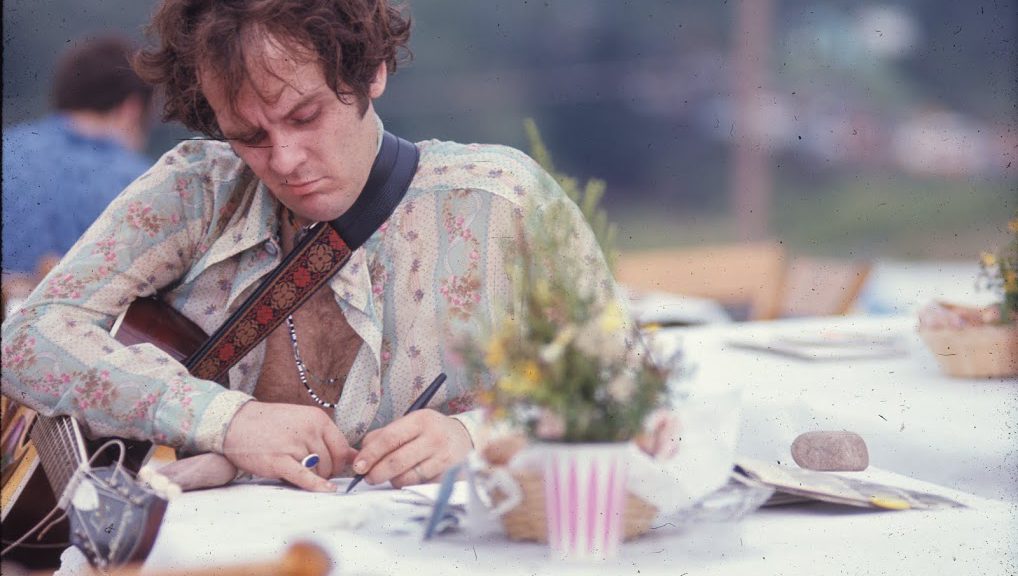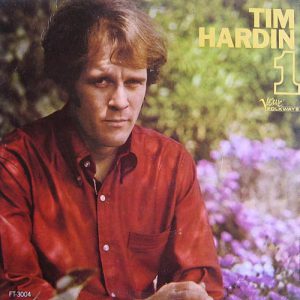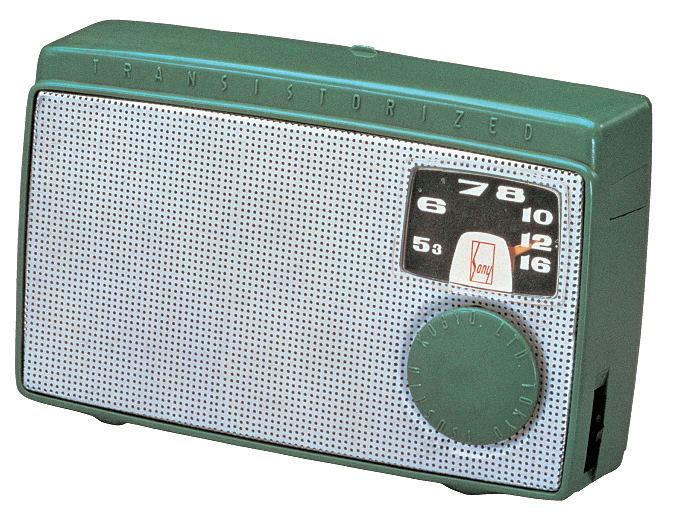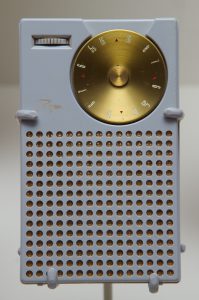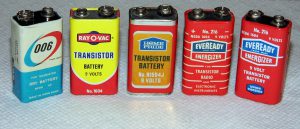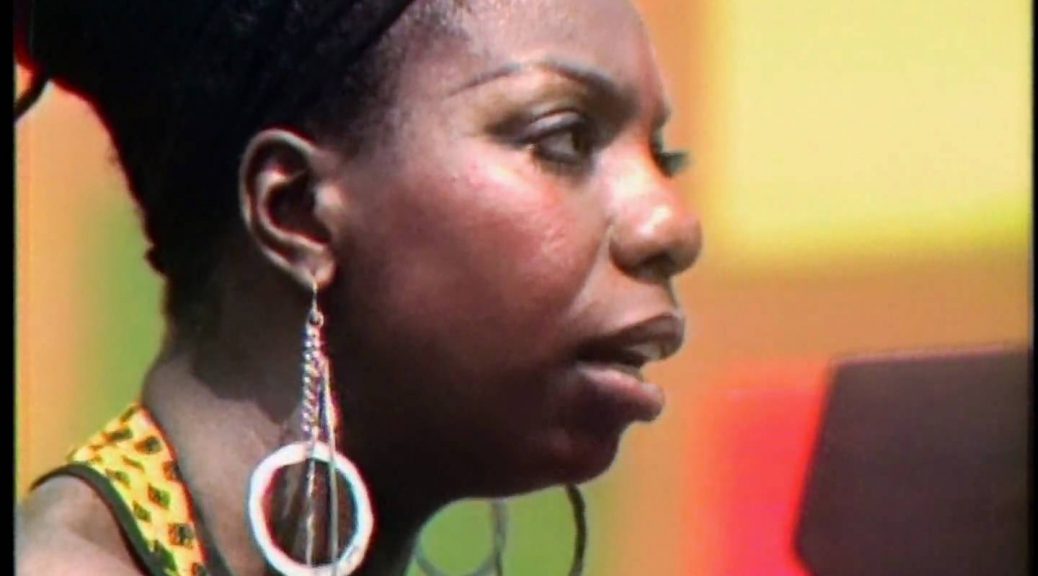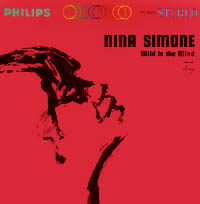Tim Hardin 1 Album
“Tim Hardin 1” album released July 1966
Ah, Tim Hardin
Born in Eugene, Oregon on December 23, 1941. High school dropout. Marine Corps enlistee. Heroin addict. New York City resident. Greenwich Village folk singer.
Not the same collection of events in every singer-songwriter’s resume, but familiar enough to merit a nod of recognition.
Many received the Village’s golden touch of success. Many. Not all.
Hardin didn’t feel that tap, surprising to others who knew him, loved his songs, and his talent.
At at time when composers were telling their tale with longer and more elaborate songs (Mr Dylan’s “Like a Rolling Stone” a prime example), Tim Hardin typically stuck with the short: verse > chorus > verse format.
Tim Hardin 1 album
On his first release, Tim Hardin 1, “Reason to Believe” is perhaps the best known of the album’s many wonderful songs. Others have covered the song, Rod Stewart’s in 1971 is perhaps the best known.
| If I listen long enough to you I’d find a way to believe that it’s all true Knowing, that you lied, straight-faced While I cried But still I’d look to find a reason to believe Someone like you makes it hard to live Without, somebody else Someone like you, makes it easy to give Never think of myselfIf I gave you time to change my mind I’d find a way to leave the past behind Knowing that you lied, straight-faced While I criedBut still I’d look to find a reason to believe If I listen long enough to you I’d find a way to believe it’s all true Knowing that you lied, straight-faced While I criedStill I’d look to find a reason to believe. |
Woodstock Music and Art Fair
Those whom Woodstock Ventures invited to their festival and art fair in Bethel, NY ranged from the little known to the famous. “Little known” to some, but loved by many. Hardin was of the latter. Bob Dylan reportedly described Hardin as, ““the greatest songwriter alive.”
|
|
Personnel
|
|
Woodstock Ventures also scheduled Hardin to open. First day. First performer.
Many wonder what it was like to be in that crowd of 400,000 on Max Yasgur’s 40 acre field, but few ask what it was like to perform in front of that throng. For Hardin the challenge was initially too great a burden and Richie Havens famously filled in.
Hardin did later perform in that day’s gloaming. His short songs filled his short set:
|
|
Left out and off
Not appearing on the Woodstock album, nor the movie, addiction, and sometimes leaving the country to seek medical help kept Hardin out of the public eye for years. The New York Times described him in a 1976 show, “he is a nervous, self‐absorbed performer who phrases in a wildly unpredictable manner. Sometimes his improvisations are exciting, but sometimes they are simply aimless.”
Hardin died four years later on December 29, 1980, 6 days after his 39th birthday. His addiction finally killed him, but his songs continue to inspire.
Tim Hardin 1 album
Tim Hardin 1 album, Tim Hardin 1 album, Tim Hardin 1 album, Tim Hardin 1 album, Tim Hardin 1 album, Tim Hardin 1 album, Tim Hardin 1 album, Tim Hardin 1 album, Tim Hardin 1 album,

